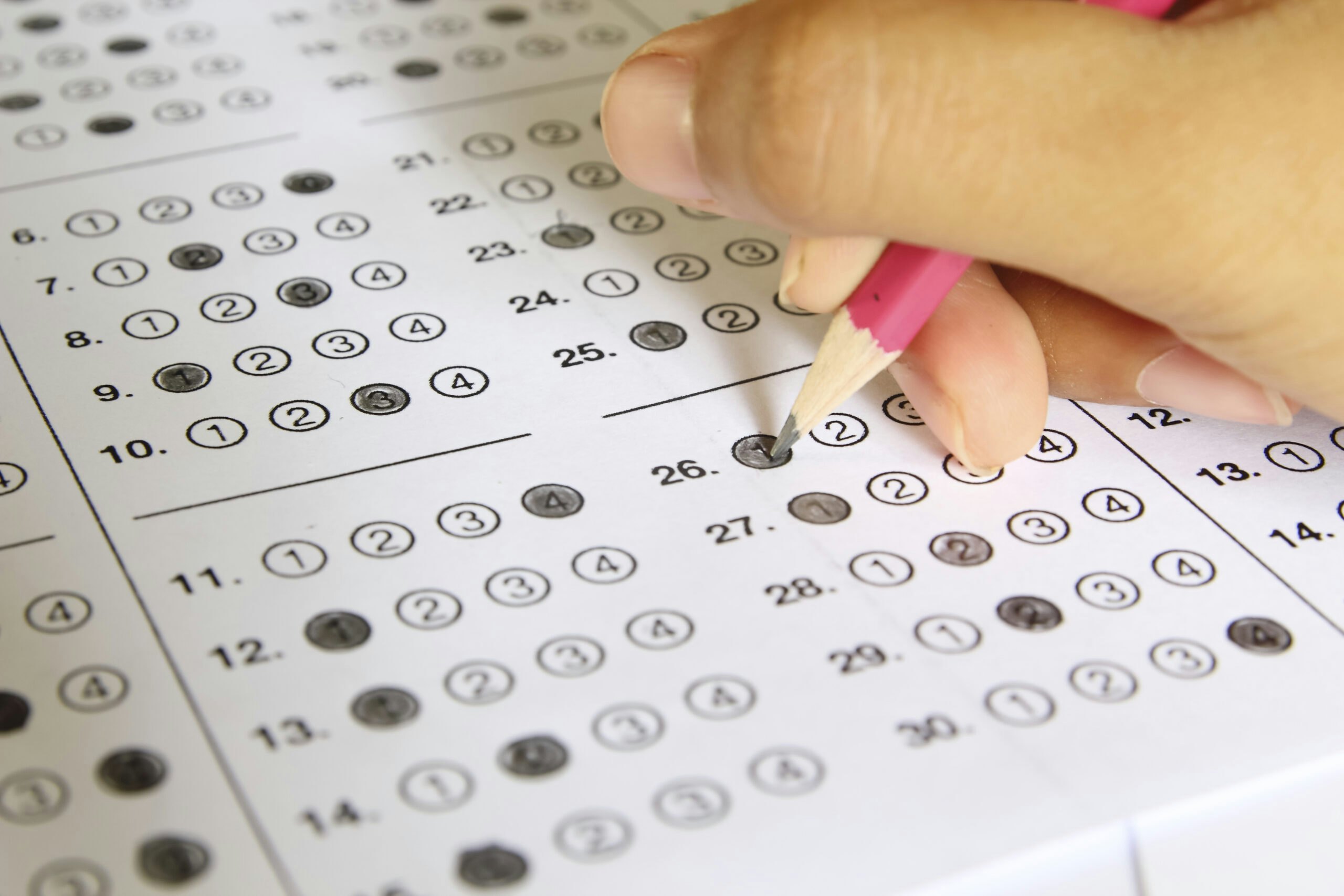Education issues didn’t receive much attention in the recent presidential campaign, but that doesn’t mean there shouldn’t be a focus on the topic given the state of our nation’s public schools.
This essay is part of a new series of policy recommendations from the George W. Bush Institute. To read more, visit What’s Next: Policy Recommendations from the Bush Institute.
Download this essay as a PDF
Education issues didn’t receive much attention in the recent presidential campaign, but that doesn’t mean there shouldn’t be a focus on the topic given the state of our nation’s public schools.
A new Trump administration will come into office at a time when scores on the National Assessment of Educational Progress have stagnated. For the first time in decades, scores on three of the four reading and math tests in fourth and eighth grade in 2015 declined.
Over the last two decades, we had seen slow but steady improvement across both subjects and grade levels. It’s troubling that nationwide scores have flattened, although there are some bright spots in states and cities around the country.
The news appears to be better on high school graduation rates, with rates reaching an all-time high of 83% nationwide. Yet questions abound about their accuracy and whether states are playing games in order to inflate their results.
The new administration also will have to deal with a tense relationship that has formed between the legislative and executive branches over the past eight years, with Congress frustrated by the Department of Education’s overuse of executive authority. This played out in the gainful employment rules that the department imposed on for-profit higher education institutions, new rules from the Office of Civil Rights, and a strong push for states to adopt Common Core standards and assessments. That use of executive authority without buy-in from Congress means the incoming administration likely will quickly overturn or change many of those policies.
State of Our Cities
Access to comparable education data at the city level can help empower city leaders and policymakers with the information they need to improve outcomes for students. The Bush Institute’s State of Our Cities tool provides access to data from multiple sources and provides understanding about what is found in the data.
The one education issue that Donald Trump did talk about on the campaign trail and that is expected to be addressed in short order is school choice, especially with the nomination of school choice supporter Betsy DeVos as Secretary of Education. This debate will come at a time when states and communities across the country have expanded options for parents in a variety of ways over the past decade.
Some of that expansion has come through private school choice programs for low-income students. Indiana passed one of the most robust private school choice scholarship programs six years ago. That program now serves nearly 33,000 students.
But not all choice expansion has been through private school choice. States and communities also have expanded charter school options. And school districts like Dallas’ have put in place more open enrollment choice campuses within the public school system. These options spell good news for parents, allowing them the ability to identify the most appropriate educational settings for their kids.
There will be a healthy debate about the merits of school choice. We’ll see a revival of many of the longstanding arguments on both sides of the aisle on this issue, including the argument that supporters of private school choice are for privatizing the public school system. This doesn’t have to be a binary decision. From a practical point of view, private schools do not have the capacity to serve all students in our country, so a robust public school system is still necessary and important. If we look at our higher education system, we can see that public and private educational options can coexist, with each sector offering a variety of options to students.
Choice should be just one component of the conversation. A robust education agenda at the federal level should take into account the following recommendations:
Ensure proposals on school choice advocate for a variety of choices
Along with private school scholarships, options like charter schools, technology-based innovations, and robust schools of choice within public school systems should be part of the solution. Not only is this best for kids, since many families will want to keep their kids in public schools, but it acknowledges the reality that many smaller, more rural communities don’t have charter or private school options.
Many members of Congress from western, rural states who support choice in theory have a hard time voting for legislation given that they have few (or no) private school options available. In addition, choice programs have been most successful where local leaders have bought into the issue. Any programs at the federal level should require that local support and buy-in.
Focus on implementing the Every Student Succeeds Act (ESSA)
States have significant authority under this reauthorized law to design their own accountability systems. Still, the Education Department does have a discrete and important role in ensuring those systems are easy to understand, especially for parents and families. The department also can require states measure progress for groups of students from year-to-year, especially low-income and minority students, and hold schools accountable for that progress.
Left to their own devices, states in the past have too often demonstrated that they are unwilling to identify schools for improvement that are not making any progress for entire groups of students. The department should ensure that states are requiring improvement for low-income groups of students, which has been the longstanding area of focus for federal funding.
Concentrate across all levels of government on school principals
Anyone who visits a great school quickly realizes that there is usually a great leader at the helm. Yet too little attention and too few resources have been devoted to the principal profession as compared to the teaching profession. That dynamic should change across all levels — at the federal, state, and local levels. This includes within programs that currently focus on teacher effectiveness, such as Title II of the Elementary and Secondary Education Act.
Keep data and research a priority
The federal government plays a unique role on data and research that cannot be filled by states or outside organizations. First, the field of education is far behind other fields in terms of prioritizing research in education. Second, data allows policymakers to know where progress is being made and where the country is lagging behind.
The department should consider revisiting the decision to postpone until 2024 the next administration of the long-term trend assessment of the National Assessment of Educational Progress, the only consistent measure of students’ performance nationwide in reading and math. The last assessment was held in 2012. Instead of getting results every four years as had previously been the case, we will have to wait 12 years to understand how our nation’s schools are performing.
Together with a focus on higher education, these priorities can make real progress on behalf of our nation’s students.





























